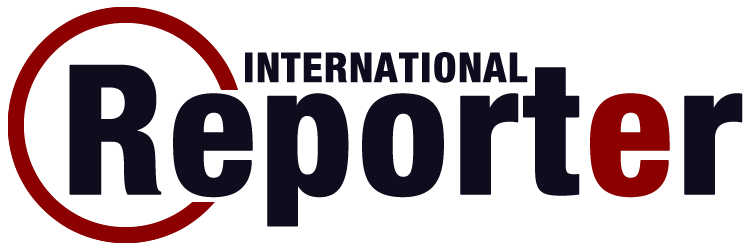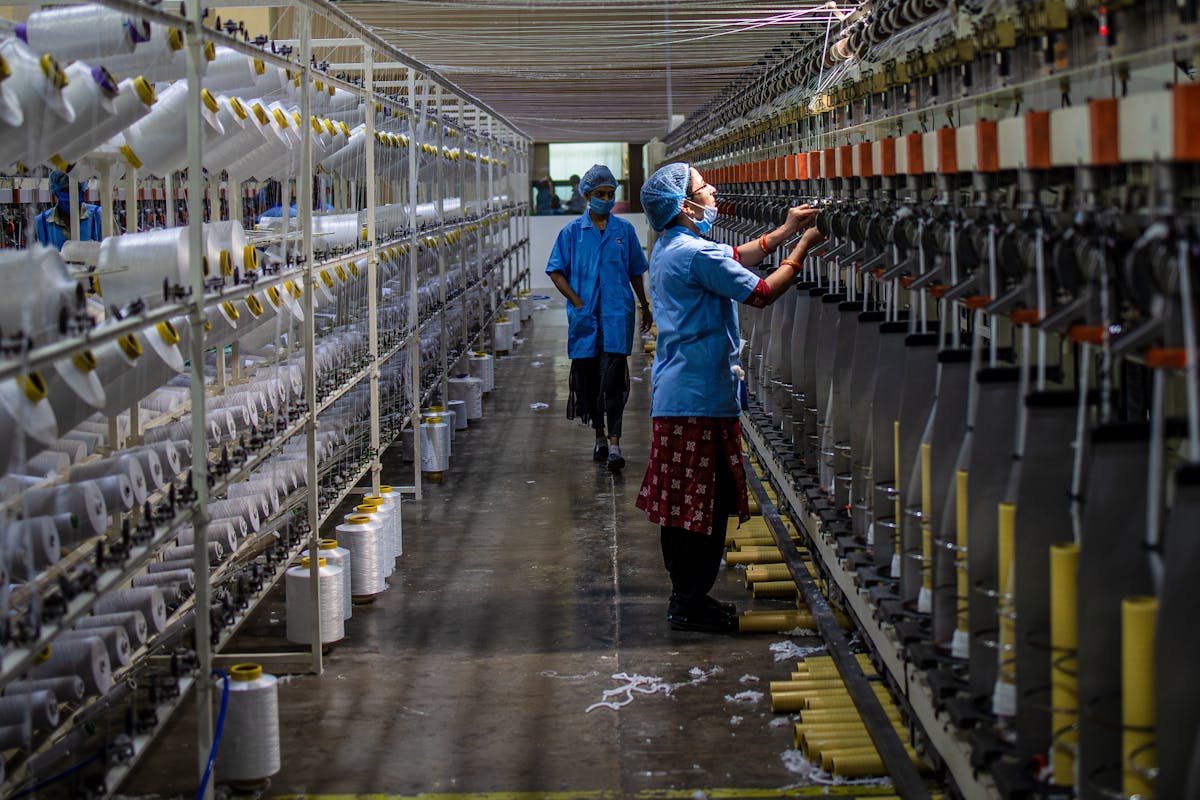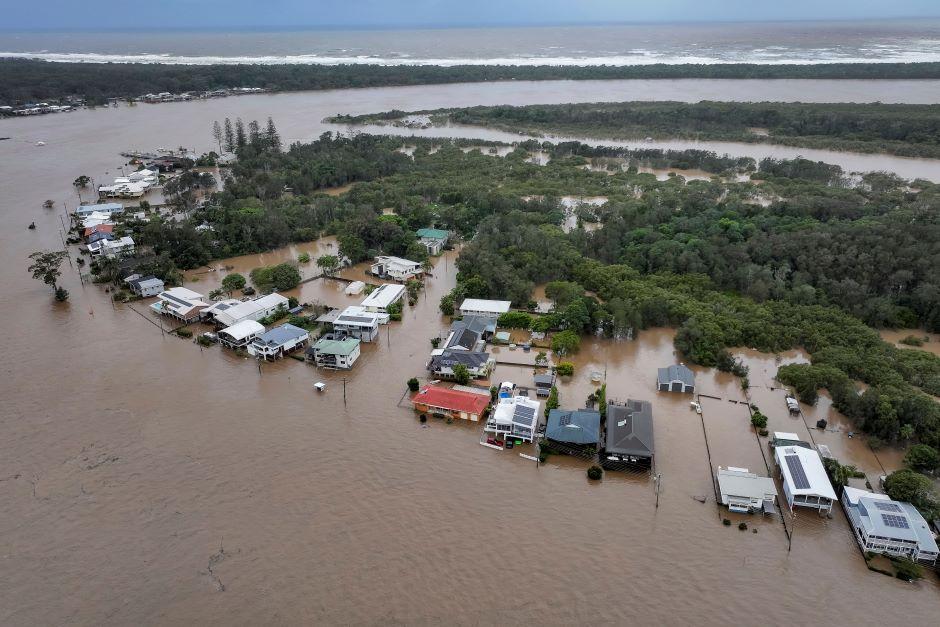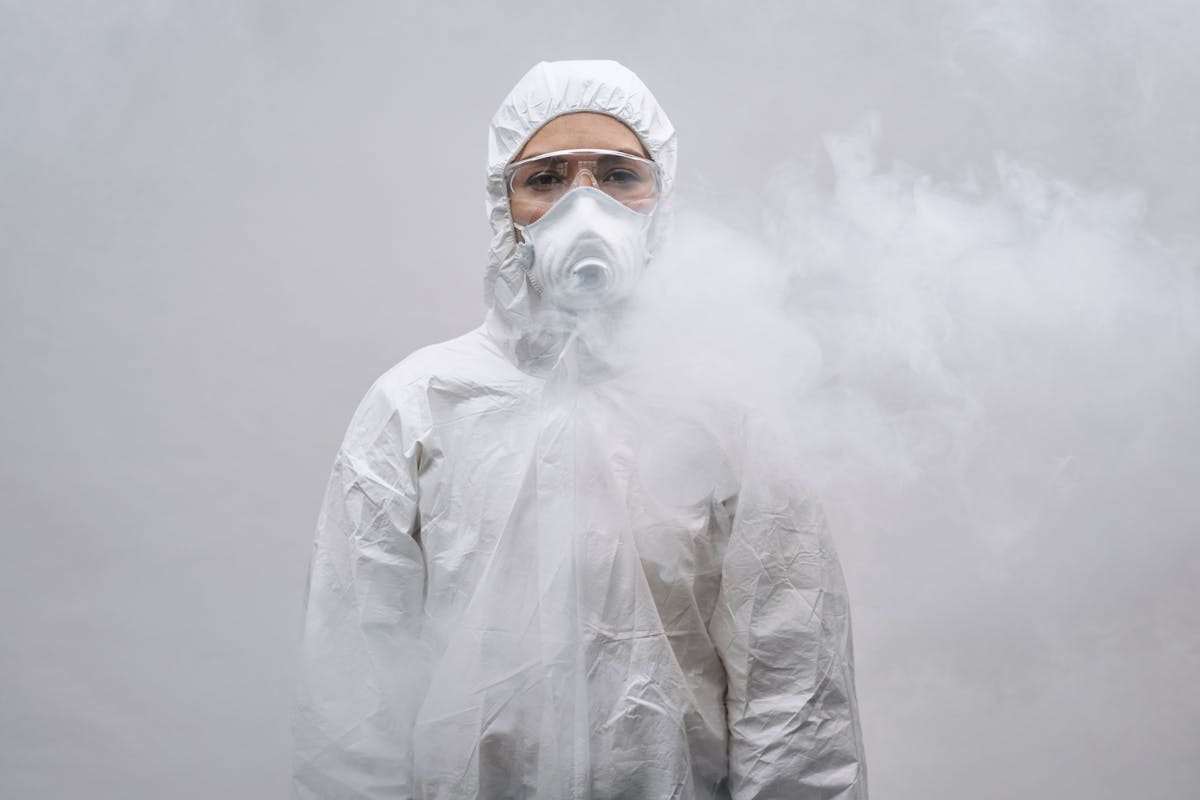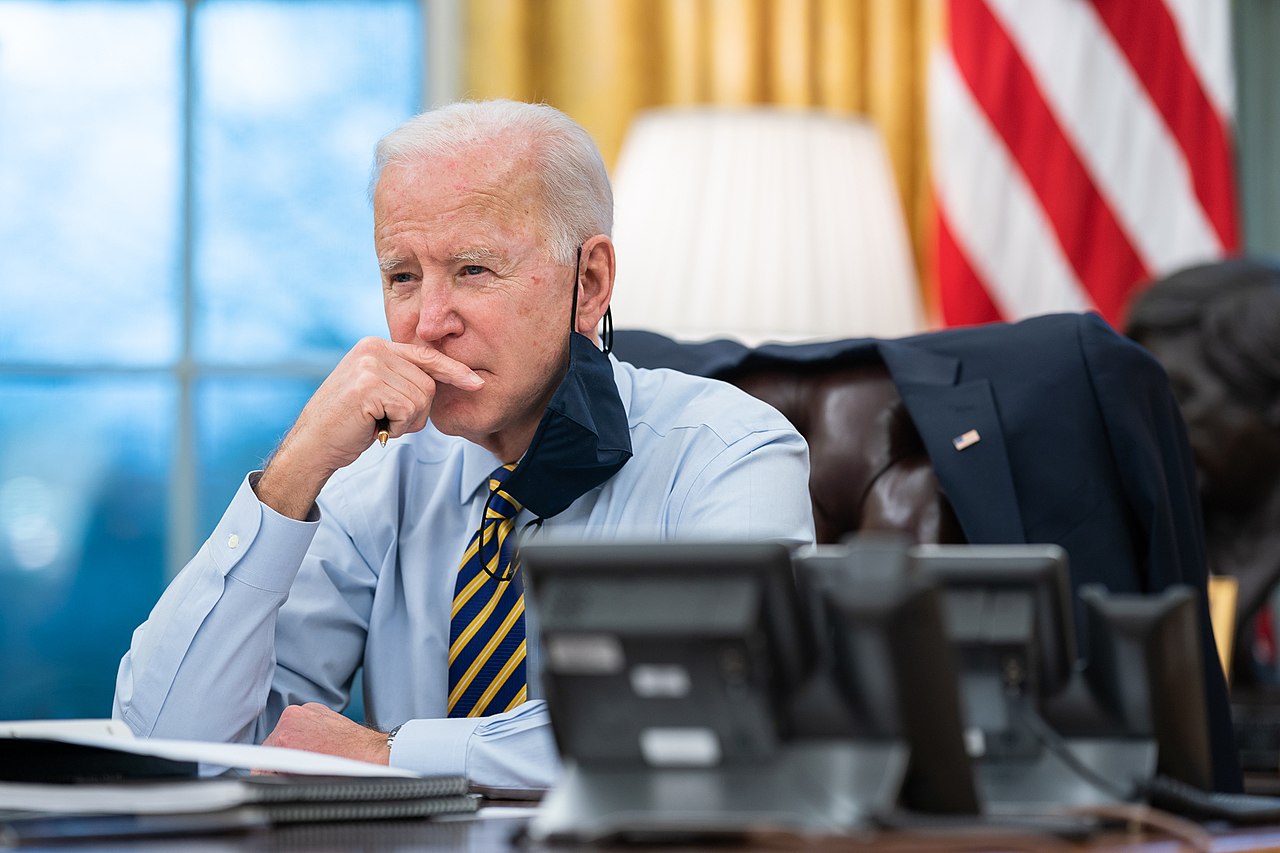Marine Le Pen knows very well that only one can be number one.
A few weeks after being convicted of embezzlement and effectively barred from the 2027 presidential elections, the leader of the French far-right appears increasingly sidelined by her successor, Jordan Bardella, the 29-year-old president of the National Rally party, reports Politico.
A wave of flattering polls for Bardella, combined with growing skepticism about Le Pen’s political future, has put her on the defensive, although she still publicly claims she intends to run for president for the fourth time.
"For the first time, they are completely tied" in the polls, said Frédéric Dabi, general director of the research firm IFOP.
Le Pen and Bardella each received 31 percent of voter support for the first round of the presidential election, according to a poll published this week – although such numbers must be taken with caution, considering the election is still two years away.
The fact that voters apparently don’t mind replacing Le Pen with Bardella is sure to stir unrest within the National Rally, given the party’s history under the iron rule of her father, Jean-Marie Le Pen, and internal succession battles.
Le Pen carefully allocated roles around her, including Bardella’s, partly to avoid the rivalries that tore the party apart during her father’s reign.
Questions have also been raised about whether Bardella is ready for the spotlight and pressure that come with a presidential campaign.
Bardella was originally envisioned as a candidate for a "subordinate" role in the American style – as a future prime minister alongside presidential candidate Marine Le Pen (in France, the president appoints the prime minister after the election).
But due to his mentor’s legal troubles, her dreams of the Élysée Palace now depend on how the Court of Appeal will rule next summer.
And so Bardella finds himself in the somewhat awkward role of a promising deputy who could replace a star not yet ready to step down.
Le Pen's Camp on Edge
What’s worrying for Le Pen is that "there are clearly certain doubts among her current and potential voters about whether she will even make it to the starting line in 2027," said Dabi.
In an IFOP poll published on May 12, only 53 percent of respondents believed she would be in a position to run, while for Bardella that number was 69 percent.
Publicly in Harmony, Internally Tense
Publicly, the National Rally tries to downplay any signs of division. Although Bardella has finally acknowledged his new status, he told the France Inter radio station on Wednesday that he and Le Pen "work hand in hand."
He also pledged to support Le Pen in her battle to overturn the court’s decision, which she portrays as an attack on democracy that denies voters the candidate preferred by the National Rally.
One of the party’s senior advisers, granted anonymity to speak freely, also tried to dismiss the idea of growing tension between Le Pen and Bardella.
"I can testify that they are working in harmony," the adviser said.
However, polling has become a sensitive topic for the National Rally due to uncertainty surrounding Le Pen’s future.
Earlier this month, her most loyal supporters were outraged when they learned that in a comprehensive survey to be published by IFOP, only Bardella was polled as the National Rally’s candidate for 2027.
Le Pen was included only after two of her closest allies intervened.
The research bore the stamp of conservative billionaire Pierre-Edouard Stérin, a major donor to the institute that commissioned the survey.
Stérin, who has pledged millions to reshape French politics according to his ideals, reportedly is not a supporter of Le Pen.
Instead, he favors right-wing candidates who are more economically liberal than the longtime far-right leader, who rose to power advocating protectionist policies.
The episode was portrayed by Le Pen's supporters as an attempt to marginalize her and elevate figures like Bardella, who is seen as more economically liberal.
A group of experts, civil servants, and lawmakers – called Les Horaces, who have worked behind the scenes for years to support Le Pen’s platform – came out publicly for the first time on May 16.
Their first press conference was largely interpreted as an attempt to bring their champion back into the spotlight – but that didn’t stop reporters from bombarding them with questions about their loyalty.
"At this time, Marine Le Pen is the National Rally’s candidate," said André Rougé, Member of the European Parliament and president of the group, when asked whether he would serve Bardella.
Veterans like us, he added, know that until the final whistle blows, you have to keep playing.
